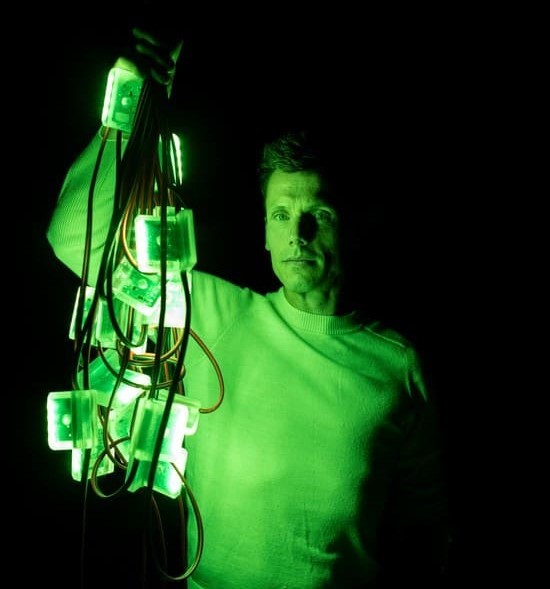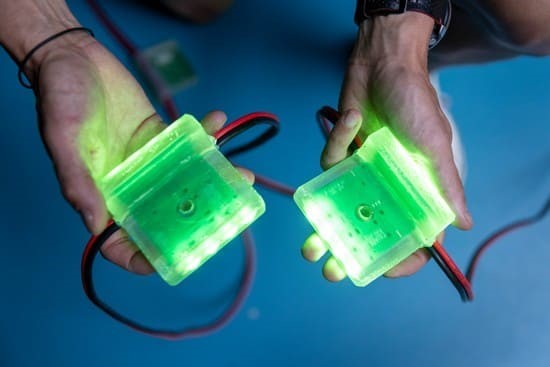Jakob Ingebrigtsen was ready to become a Pac-Man when he
stepped on the track early this month.
Like the video game character that gobbles dots inside a
maze, Ingebrigtsen, a Norwegian middle-distance runner, was focused on keeping
up with the bright-green flashes plotting his way along the inside of the
track. The flashes, called Wavelights, were traveling at the exact pace of the
3.2km best time. (The distance is not considered world-record eligible because
it is not an official World Athletics distance.)
اضافة اعلان
So, when he sprinted down the home straightaway, leaving the
blinking lights in his wake, the spectators in the stadium knew they were
witnessing the best performance in the world at the event. Ingebrigtsen
finished in 7 minutes, 54.10 seconds, shattering the previous best by more than
four seconds.
Incredibly, it was one of three records set on that balmy
summer evening at the Paris Diamond League meet. Faith Kipyegon of Kenya set a
world record in the 5,000m just a week after setting the 1,500m world record,
and Lamecha Girma of Ethiopia broke the world record in the 3,000m
steeplechase. All three performances were aided by Wavelights.
 Bram Som, a creator
of Wavelights, in Arnhem, the Netherlands, June 22, 2023
Bram Som, a creator
of Wavelights, in Arnhem, the Netherlands, June 22, 2023
Pacemakers, who are runners tasked with setting a certain
tempo in the early stages of a race, are nothing new. Roger Bannister was
helped by two pacemakers when he became the first runner to clock a
sub-four-minute mile in 1954, and few middle- or long-distance world records
are set without the aid of a rabbit, as a pacemaker is known. Bram Som,
Wavelight’s co-creator and operational director, was a successful pacer himself
after a career as a professional runner.
But although human pacemakers drop out at an agreed-upon
point in the race, the green flashes do not tire. The 400 LED lights installed
at 1-meter intervals along the inside rail of a standard running track
accompany the runners all the way to the finish. Stay ahead of them, and the
runner will have beaten whatever time to which the lights have been programmed.
Too easy? For some, perhaps.
Like supershoes, which combine carbon fiber plates with a
midsole foam, and springy tracks, which transfer more energy back from the
ground, there is an element of controversy around the blinking lights.
Som remembers the first rumbles of discontent after the
device helped athletes break the women’s 5,000m and men’s 10,000m world records
at the same competition in 2020. “There was a lot of talk around it with people
saying: ‘Oh, it’s not legal. It’s technical doping. We don’t want that,’” he
recalled. “That was a breakthrough moment for us.”
 Bram Som, a creator
of Wavelights, holds the lights in Arnhem, the Netherlands, June 22, 2023.
Bram Som, a creator
of Wavelights, holds the lights in Arnhem, the Netherlands, June 22, 2023.
At one point, Nike representatives told Som they were
relieved that Wavelight was generating unease among the sport’s traditionalists
because it was deflecting some of the heat that their shoe technology was
attracting.
“The sport always evolves,” Som said. “We used to start
running barefoot, then we got shoes, then they got spikes and now they have
carbon plates. That’s sport. Now, we have a Wavelight, and in 50 years, there
will be something different again.”
But pacing wasn’t the initial goal of the Wavelight
technology. It was originally conceived as an interesting training aid to
attract more people to athletics.
Its origin dates to 2017, when an athletic club in Zeewolde,
Netherlands, instructed a lighting company to think about a speed concept using
lights. Som and Jos Hermens, who was Som’s manager throughout his track career,
soon came on board to help turn a rudimentary product into the present-day Wavelight
system.
It was not the first time such an idea had been used. The
short-lived International Track Association employed a handful of pacing lights
at their meets in 1973. Separately, Hermens was aided by two bulbs placed at
either end of the track when he broke the world record for the one-hour run in
1976.
The paradox of Som’s role in Wavelight’s creation is that
the technology, on the surface, at least, appears to threaten the existence of
his former job.
After his running got him to the 2000 and 2004 Olympics, Som
switched to life as a pacemaker when injury denied him the chance to qualify
for the London Games in 2012.
By the next year, he had developed a reputation as one of
the world’s best rabbits, respected globally for his metronomic ability to run
any requested pace. He was in demand for most major competitions, commanding a
fee of $2,000 to $3,000 per competition. He spent the next seven years earning
more money as a pacemaker than he had at almost any other time during his
competitive days.
“When you are pacing, you get a fixed price, and sometimes,
there would be a bonus if someone broke a record,” he said. “I got more
attention as a pacemaker than as an athlete.”
But if Wavelight is so beneficial as a pacing tool, does it
mean the sport no longer has a need for the rabbit expertise for which Som
became so famous?
 Bram Som, a creator
of Wavelights, in Arnhem, the Netherlands, June 22, 2023.
Bram Som, a creator
of Wavelights, in Arnhem, the Netherlands, June 22, 2023.
“Of course, it makes the work a little bit easier,” he said.
“But, on the other hand, a pacemaker can’t run blindly on the lights because
they have to react to what is happening behind. He’s there for the runners. The
lights are programmed before a race, but what happens on the track could be
different.”
Watching Ingebrigtsen, Kipyegon and Girma work their magic
inside a Paris stadium this month, Som experienced a familiar moment of pride.
The sense of satisfaction that once came from winning a race and then from
pacing a record run now comes when the technology he helped create plays a part
in sports history.
“The atmosphere in the stadium when an athlete passed the
Wavelight or the Wavelight passed them was amazing,” he said. “It was like
something I’ve never seen before.”
Read more Gaming
Jordan News



